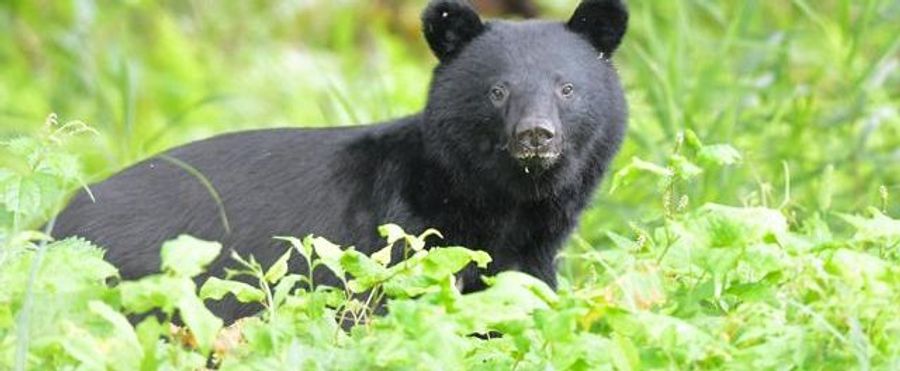A recent study focusing on injuries incurred during bear encounters in Japan has found that almost 90% of the wounds end up on the face. This revealing statistic has sparked vigorous discussions concerning wildlife safety measures within the country. The timeframe and precise locations of these incidents were not detailed, however, highlighting bear-inflicted injuries as a national concern, could stimulate more preventative actions against such encounters.
In Japan, coexistence with nature, including wildlife, underpins much of its social and cultural values. Therefore, news like this often prompts consideration on how to increase safety without disrupting ecosystems. Ideas such as better education about wildlife, or more investment in safety equipment, become prominent.
In the U.S. or EU, regions with significant bear populations also have ongoing debates about how to ensure human safety. These discussions often reflect a balance between maintaining nature's ecosystems while ensuring public safety, similar to Japan. While the specific focus on facial injuries might be unique to Japan, the broader issue of wildlife encounters and safety is a global one.

